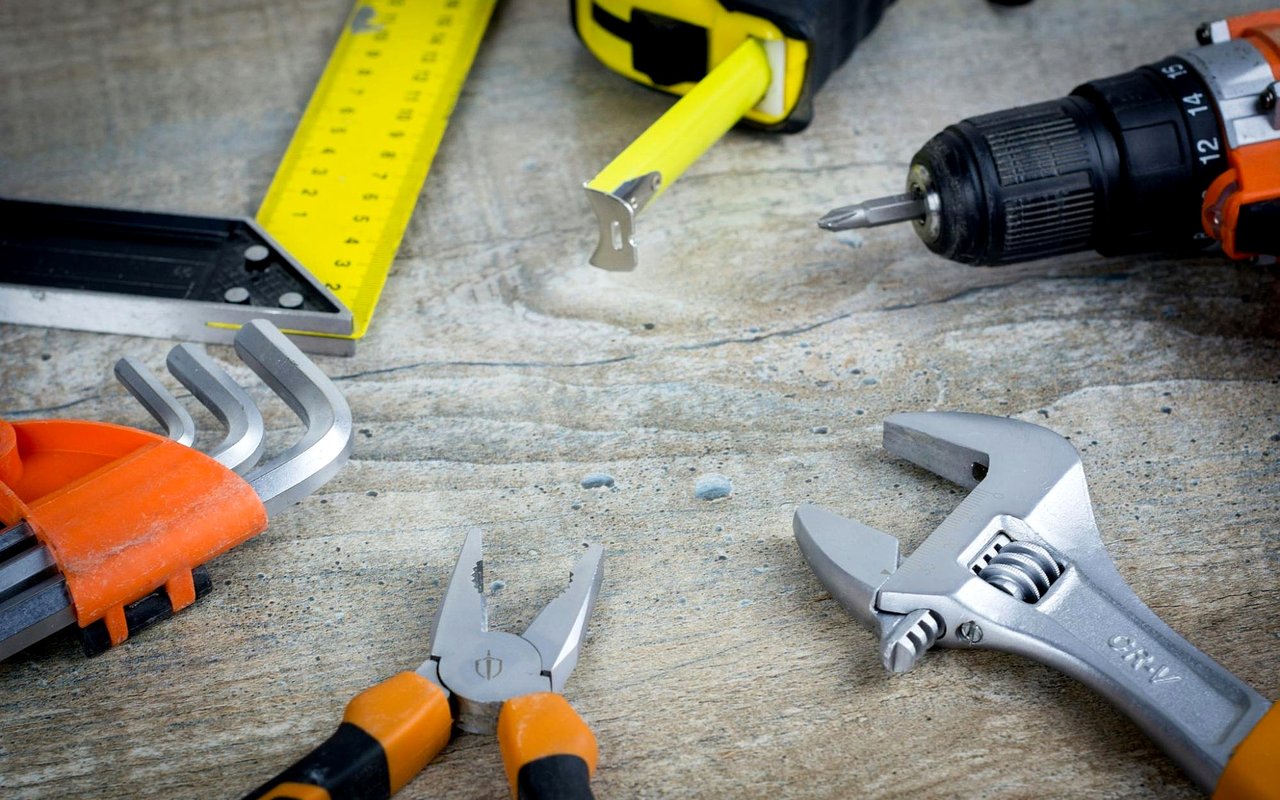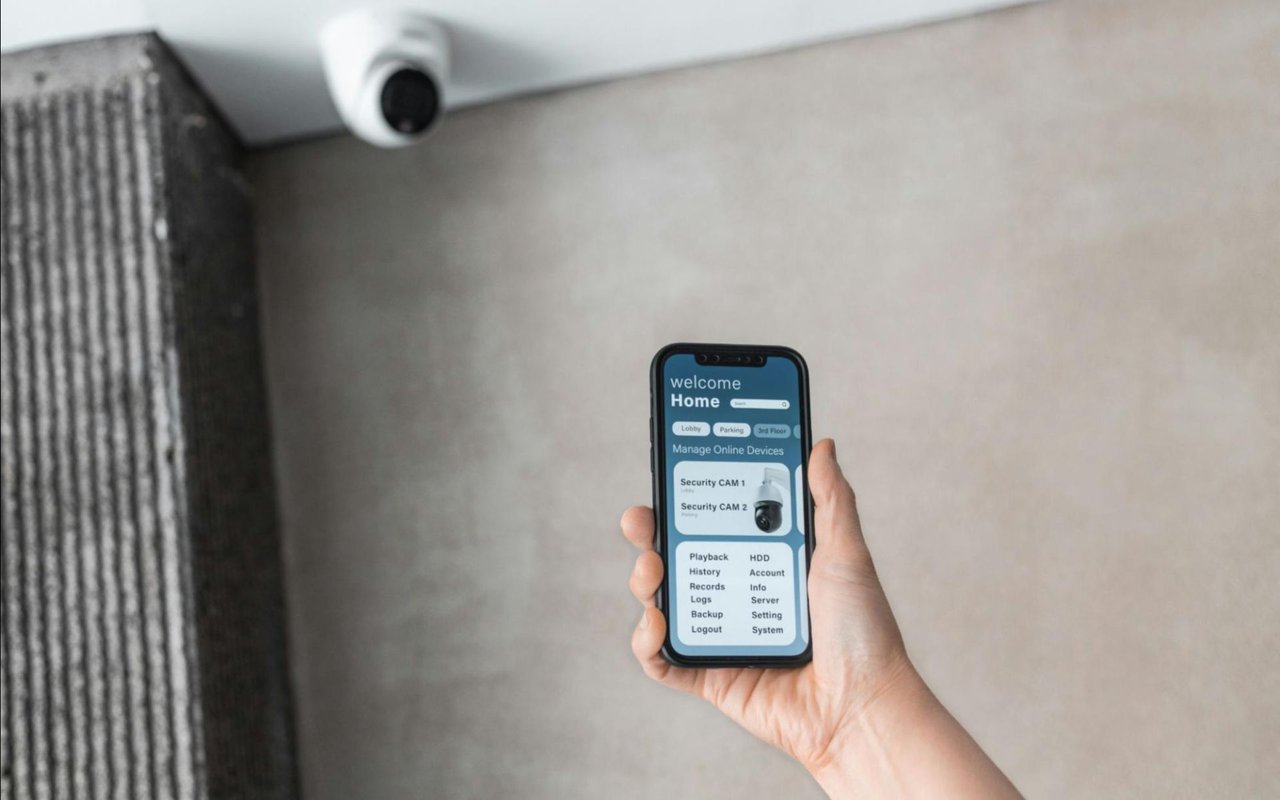Indoor air quality is a crucial component of a healthy living environment, yet it's often overlooked. Pollutants, allergens, and toxins can accumulate in closed spaces, significantly impacting your health and well-being. Improving the air quality in your home is not just about removing odors—it's about creating a safer, more comfortable living space. This guide will walk you through practical steps to enhance the air quality in your home, ensuring a cleaner and healthier environment for you and your family.
Maintain a Clean Home
Regular cleaning is fundamental to improving indoor air quality. Dust, pet dander, pollen, and other allergens can accumulate on surfaces and in textiles like carpets, bedding, and drapes. Frequent vacuuming with a HEPA-filter vacuum cleaner, dusting surfaces with a damp cloth, and washing textiles can significantly reduce the presence of indoor allergens. Additionally, decluttering your space can minimize dust accumulation and improve air circulation.
Enhance Ventilation
Proper ventilation is essential to prevent the buildup of indoor pollutants. Many modern homes are sealed for energy efficiency, which can trap pollutants inside. To improve ventilation:
- Open windows and doors when weather and safety permit to allow fresh air to circulate and dilute indoor pollutants.
- Use exhaust fans in the kitchen and bathrooms to remove contaminants from cooking and reduce moisture levels, which can contribute to mold growth.
- Consider installing trickle vents or an energy recovery ventilator (ERV) to enhance the exchange of indoor and outdoor air without compromising your home’s thermal efficiency.
Control Humidity Levels
High humidity can encourage the growth of mold, dust mites, and other allergens. Maintaining indoor humidity levels between 30-50% can help control allergens and improve overall air quality. Use a dehumidifier in damp areas and a humidifier in dry areas to keep humidity in balance. Additionally, fixing leaks, ensuring good drainage, and using moisture-absorbing plants can help manage moisture levels.
Use Air Purifiers
Air purifiers can be an effective way to clean the air inside your home, especially if someone in your household suffers from allergies or respiratory issues. Look for air purifiers with HEPA filters, which are capable of capturing 99.97% of particles that are 0.3 microns or larger. Place air purifiers in high-traffic areas or in bedrooms to ensure clean breathing air where it’s needed most.
Reduce Chemical PollutantsReduce Chemical Pollutants
Many household cleaning products, paints, and building materials emit volatile organic compounds (VOCs), which can worsen indoor air quality. Opt for natural or non-toxic cleaning products and choose low-VOC or VOC-free paints and finishes. Additionally, be cautious when bringing new furniture or electronics into your home, as they can off-gas chemicals like formaldehyde. Air out new items in a well-ventilated area before bringing them indoors.
Incorporate Houseplants
Houseplants can contribute to better indoor air quality by absorbing some pollutants and releasing oxygen. Plants like the spider plant, snake plant, and peace lily have been noted for their air-purifying abilities. While the overall air-cleaning effect of plants is modest, they can still enhance indoor environmental quality alongside other methods.
Regularly Replace HVAC Filters
Your home’s heating, ventilation, and air conditioning (HVAC) system can collect dust, pollen, and other airborne particles. Regularly replacing the filters, at least every 90 days or as recommended by the manufacturer, can help your system circulate cleaner air. For homes with pets or for individuals with allergies, consider replacing filters more frequently.
Monitor Air Quality
Investing in an indoor air quality monitor can help you keep track of the levels of various pollutants in your home, including VOCs, particulate matter, and carbon dioxide. Monitoring these levels can help you understand when to take action to improve your indoor air, whether it’s adjusting your HVAC system, using an air purifier, or simply opening a window.
Maintain Cooking Ventilation
Cooking can produce significant levels of indoor air pollutants, including particulate matter and gases such as nitrogen dioxide. Always use an exhaust fan or open windows when cooking, especially when using high-temperature methods like frying or grilling.
Improving the air quality in your home is a vital step toward healthier living. By adopting these practices, you can significantly reduce indoor pollutants and allergens, making your home safer and more comfortable. Remember, the key to maintaining good indoor air quality is a combination of proper cleaning, ventilation, and mindful selection of household products and materials. By taking these steps, you can create a healthier home environment that benefits everyone who lives there.
About The Rider Elite Team
The Rider Elite Team is not your typical real estate company. We pride ourselves on our human-centric approach, emphasizing genuine interactions. If you're looking to buy or sell a home or have any questions about the
North Scottsdale Arizona real estate market, contact
The Rider Elite Team today.




